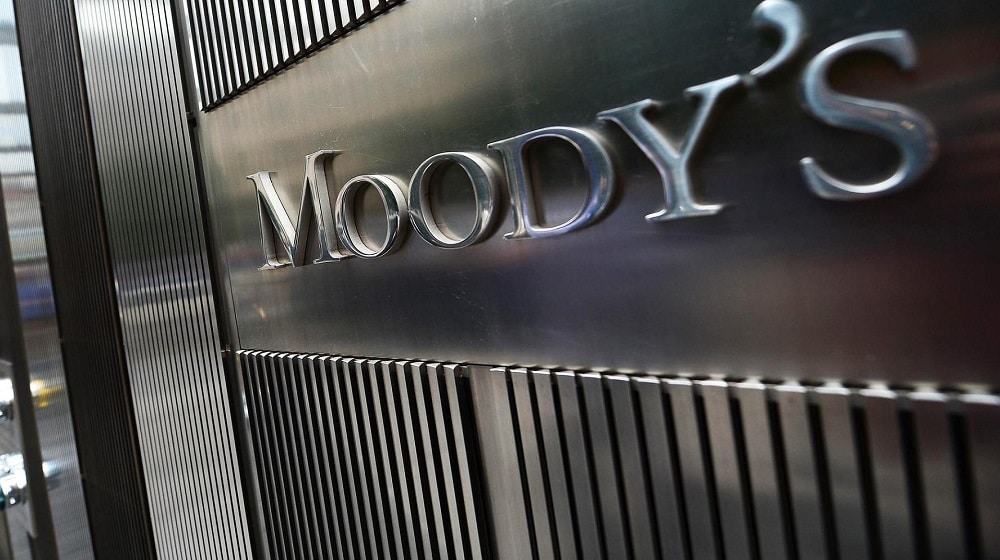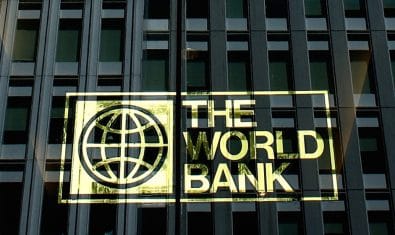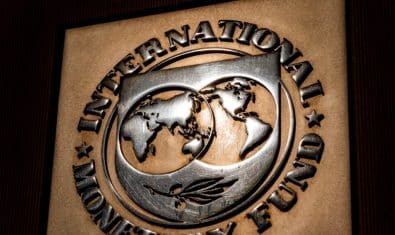Moody’s expects real GDP growth in Pakistan to slow to 4.3-4.7% in fiscal 2019 (ending June 2019) and fiscal 2020, from 5.8% in FY 2018, due to the policy measures taken to address the external imbalance.
The credit rating agency, in a report, revealed that the credit profile of Pakistan (B3 negative) reflects the sovereign’s high external vulnerability, weak debt affordability, and very low global competitiveness.
Significant external pressures driven by wider current-account deficits have reduced foreign-currency reserves, which are unlikely to be replenished in the near term unless capital inflows increase significantly.
Moody’s reported that Pakistan’s public external debt repayments are modest, low reserve adequacy threatens the ability of the government to finance the balance of payments deficit and roll over external debt at affordable costs.
Moody’s evaluation of Pakistan’s susceptibility to event risk is driven by external vulnerability risk.
Current-account deficits will remain wider relative to 2013-16 levels, with near-term prospects for a marked and sustained reversal unlikely unless goods imports contract sharply.
It also highlighted that due to absent significant capital inflows, the coverage of foreign-exchange reserves for goods and services imports will remain below two months, below the minimum adequacy level of three months recommended by the International Monetary Fund.
The government’s narrow revenue base restricts fiscal flexibility and weighs on debt affordability, while its debt burden has increased in recent years, said the rating agency.
The moderate but rising level of external government debt also exposes the country’s finances to sharp currency depreciation.
According to Moody’s, as of the end of fiscal 2018, the government’s debt stock was around 72% of the GDP, higher than the 58% median for B-rated sovereigns, and Moody’s expects the burden to rise further and peak at around 76% of GDP in fiscal 2020 — in part because of currency depreciation — before gradually declining as the twin deficits gradually narrow.
It also reported that longer-term economic prospects remain strong because of the improvements in power supply, infrastructure and national security that have raised the country’s growth prospects and hence business confidence.
Above all, infrastructure investments and the significant increase in the power supply, including through projects under the China-Pakistan Economic Corridor (CPEC), which are already helping with growth, will address some of Pakistan’s long-term economic constraints and strengthen its growth potential.
The credit rating agency further said that the institutional reforms designed by the new government, if effectively implemented, will also support institutional strength, which has increased in recent years with greater central bank autonomy and monetary policy effectiveness.
However Moody’s cautioned that the reforms will be challenging for any government to navigate because of the country’s large bureaucracy and complex federal-provincial politics and administrative arrangements.



























naya Pakistan ????